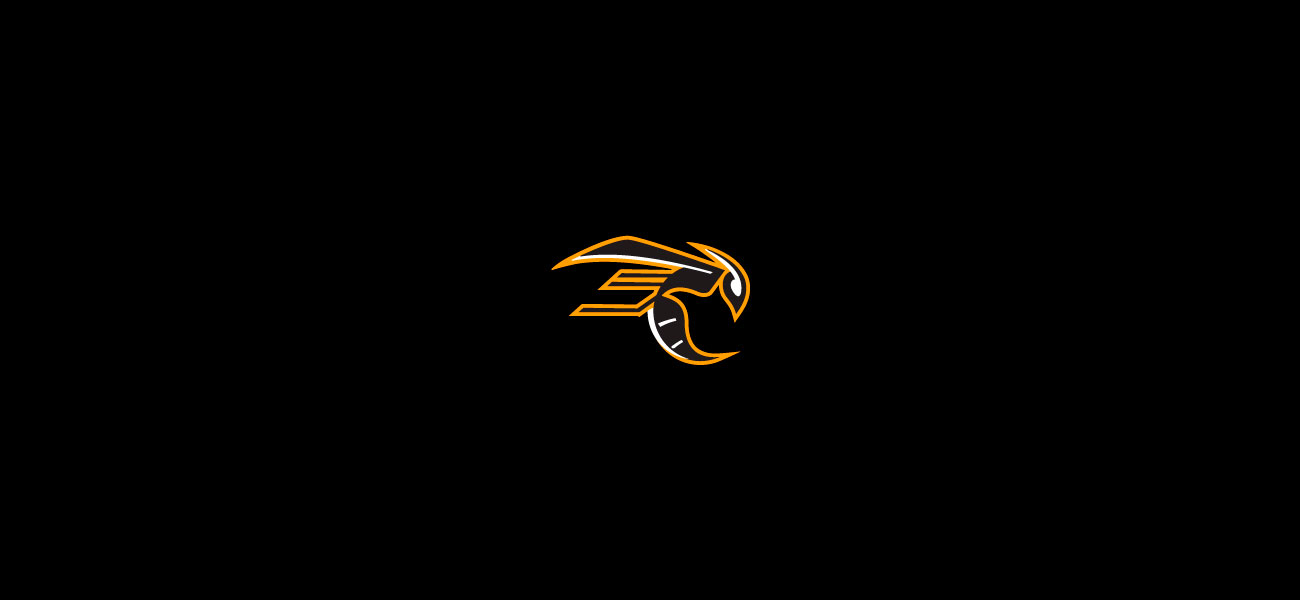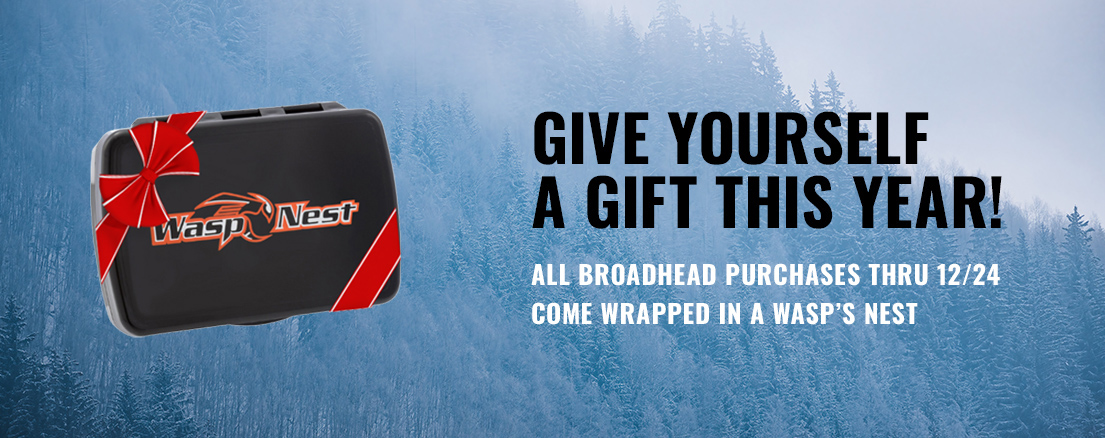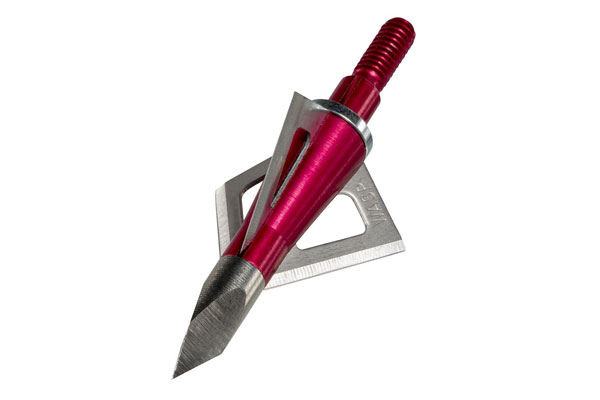3 Bowhunting Practice Tips to Help Hit Your Target
Whether you find yourself bored during the off-season or just want to clean up your shot, a bowhunter should always want to improve and limit the chance for mistakes made in the field. Practice is crucial, even during the off-season. Here are three different shots and situations you should practice, because you never know what you might need to do to take a shot this season.
Shoot Your Bow While Kneeling
We don’t have to tell Western hunters that accurately shooting your bow from a kneeling position is fundamental. It’s the tree stand deer hunter that may need a refresher.
How many times have we encountered a deer crossing our paths as we walked to/from the stand? Or what about that awesome scrape line you discover mid-season, but have no tree stand in the area so your only option is to still hunt? Whether you have to hit the deck on the way to the stand or are put in a still hunting/ground blind situation, it’s vital for bowhunters to practice shots from the kneeling position.
Get on both knees (butt on your heels). This allows your posture to stay as similar to that of a standing shot and is more stable than a single-knee. Everything remains the same in the upper half of your body. After you get comfortable with the shot, practice dropping to your knees, squaring up and releasing your shot.
While we are on the subject, it wouldn’t be a bad idea to practice shooting while sitting on a 5-gallon bucket. Even when you are in a tree stand, sometimes you don’t have time or are unable to sneak into a standing position. Nailing the bullseye in your backyard from a seated position will increase your confidence on these tricky shots should you encounter them during the season.
Shoot Your Bow From Cover
Rarely does a deer walk in front of us broadside at 20 yards like we practice at the range. When shooting a target, we have free range of motion. When we are in the field there are trees and branches to contend with. Leaning around cover to get a shot off can be very tricky, because your body position and mechanics tend to get altered. Practice peeking around a tree without presenting too much of your body to the target. If you can’t get out in the field to practice this shot, set up behind a tree in your backyard.
The key in this situation is to keep your shot technique and form as close as possible to normal shots. Work on controlling the things you can, and adjusting to different forms. Although your torso might be contorted out to the side, you can still keep your lead arm and anchor point the same. Focus on staying relaxed and keeping things as consistent as possible. The more positions you try, the better, so get creative and release your inner-contortionist.
Shoot Your Bow Once A Day
Make it a point to take one shot everyday. Keep your bow in the garage and stick a target down your driveway or place it in the backyard. Use an arrow with the broadheads you will be hunting with. Set the alarm on your phone for 30 seconds and walk in a large circle or just wander around with no particular rhyme or reason. Once the alarm goes off, find the target. Can you make the shot? The only way to find out is to try. This simulates a real hunting situation. One where you will need to guess yardages, compensate for angles, obstructions and even weather conditions. Sometimes it’s ok to say, “No, this is not a shot I would take,” and walk around again to reposition yourself. Once you decide it’s an ethical shot, go through your routine:
- RELAX – Everything, from body position to anchor point, should be relaxed; stay away from the tense or “bunched” feelin
- RELEASE – the release should be smooth. Don’t punch the trigger.
- HOLD your aim all the way through the arrows flight. Continue to aim until the arrow actually penetrates the target.
While you rarely get a second chance in the wild, at home, you do. If you mess up the first shot, try to understand why. Take a few more shots to determine what you need to work on. Do you need to get better at estimating yardages? Pin-placement when an animal isn’t broadside? Still, it’s best to think of situations as “one-shot, one-kill” moments. Learn your limitations so you won’t shoot beyond them during the season.
View All Posts

